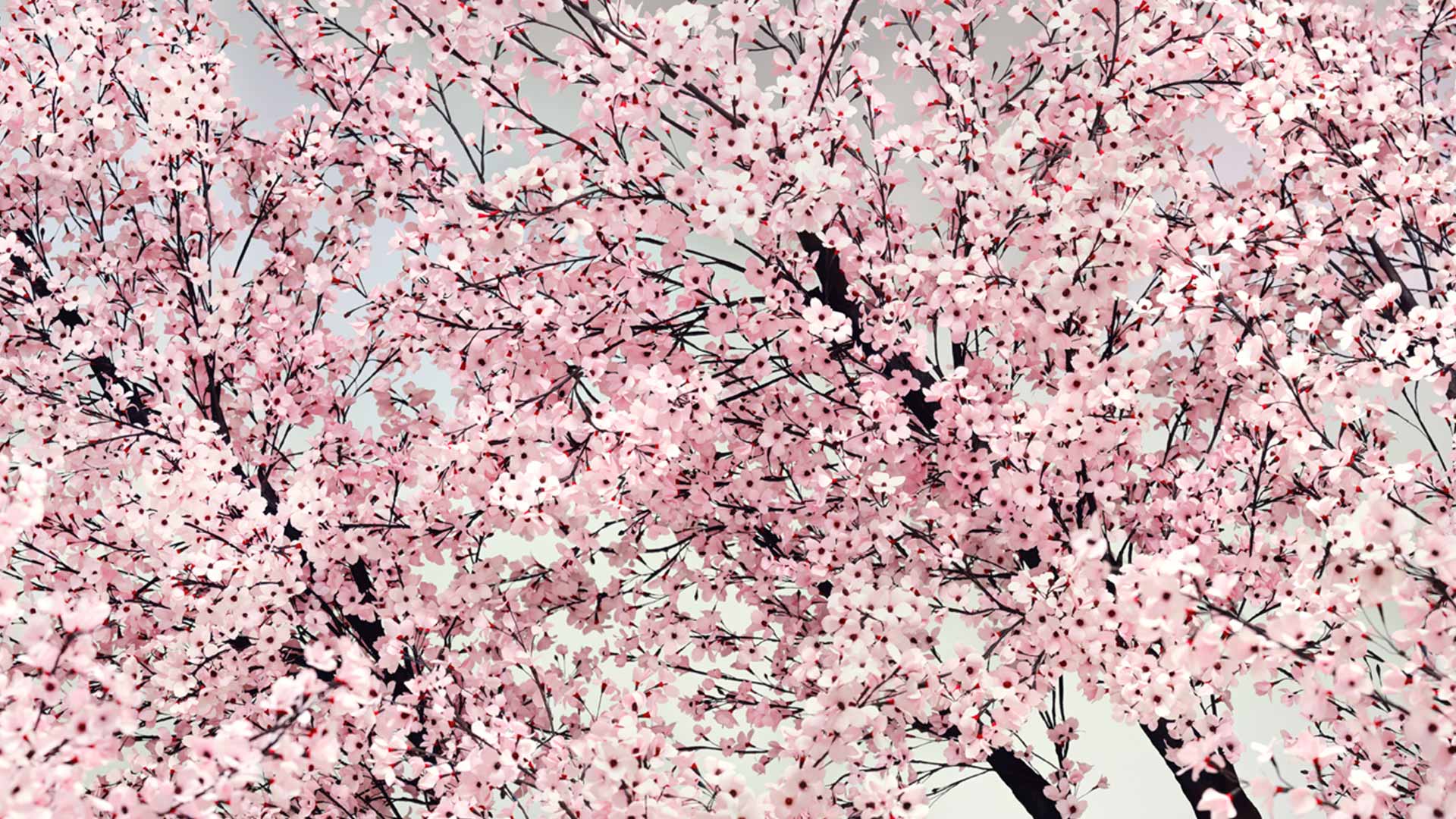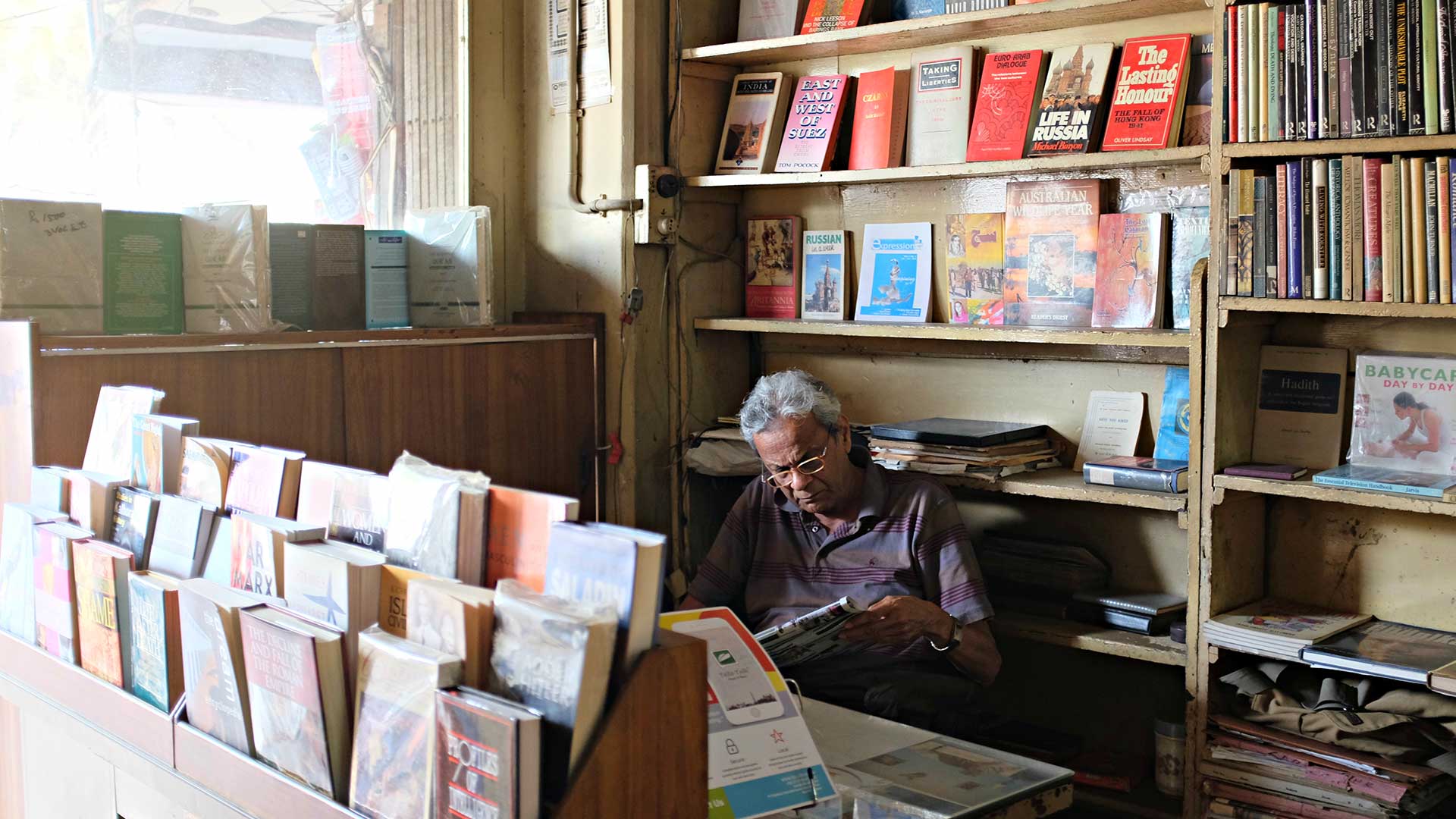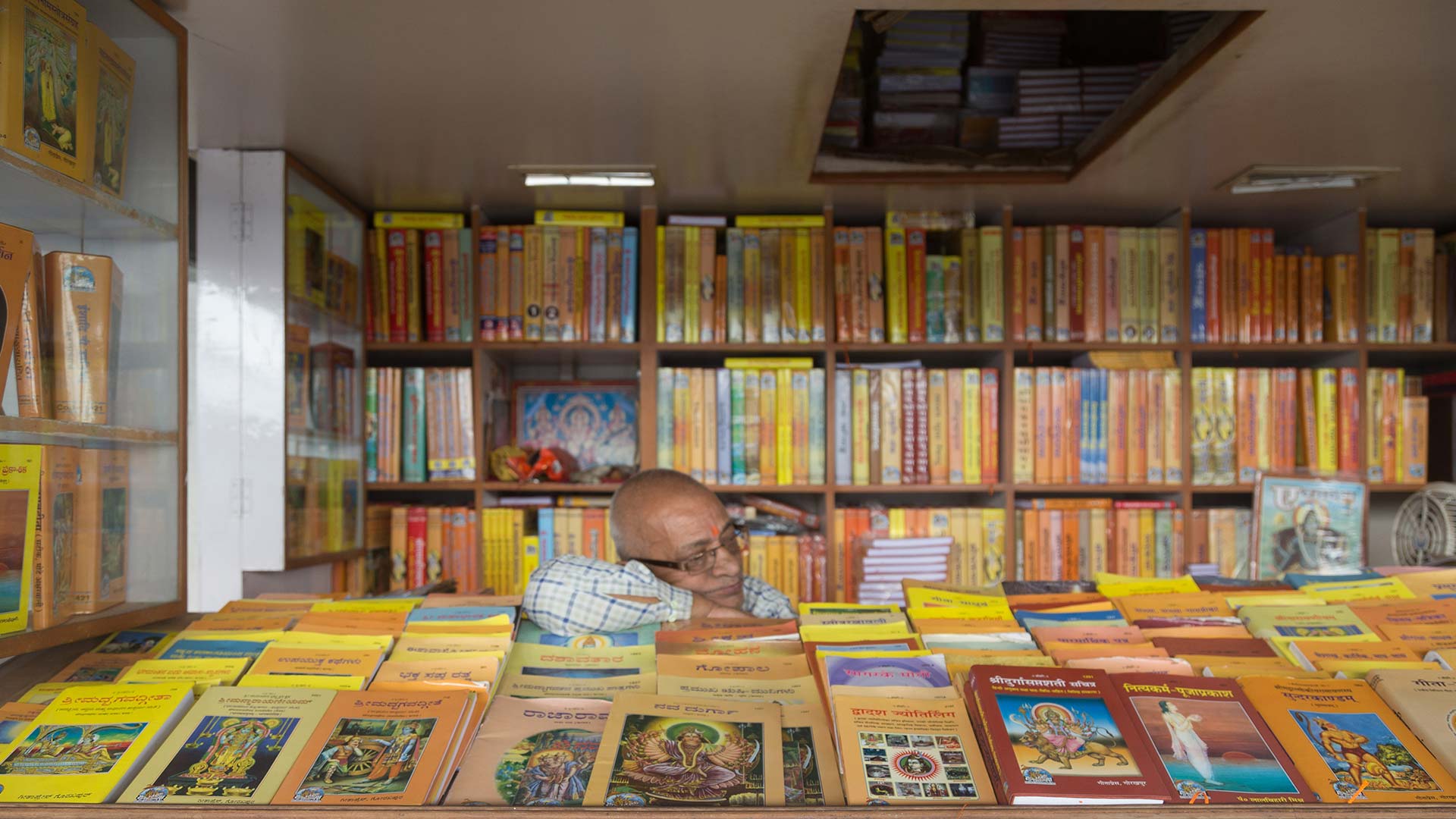There’s a little shop near my house in Los Angeles that sells angular brass jewelry and incense holders and expensive stationery and small potted plants with careful labels explaining what they are and why you might want them. It is largely indistinguishable from any of the other similar shops on that particular strip, and the strip itself is largely indistinguishable from any number of similar strips in similar cities all across North America and Europe. So I never would have paid it any attention if it hadn’t been for a rotating series of exhortations someone started writing on the chalk sign set up on the sidewalk: “Crushing anxiety?” the first one I noticed read. “Buy a plant!” A few weeks later the sign had changed slightly. “Existential loneliness? Take home a plant.” On dating apps of late, it is impossible not to notice a slightly deadening repetition of self-descriptions like “proud plant mom” or the faux-detached “just looking for someone to help me with my houseplants.” I know single men who have sculptural mushroom-growing cabinets that serve as minor but welcome living presences in apartments and lives that are too cramped and harried to fit a dog. (I may soon become one of these men.) In a culture where all of a sudden everyone seems to be talking about how lonely they feel, and where no one seems to have any very good idea of what to do about it, small potted plants have come to look to my whole generation like a minor but meaningful salve to a massive malaise. A lonely urban apartment-dweller buying a plant to soothe her anomie by restoring a bit of lost connection to nature is not likely to be an expert in keeping plants alive. Thus almost all the plants that now proliferate in tasteful apartments from Echo Park to Vinegar Hill are succulents, which are generally very easy to live with. Succulence has no very precise definition in the nursery trade, which applies the descriptor to any number of fleshy, thick-skinned, and usually slow-growing plants coming from several dozen separate plant families, hundreds of different genera, and more or less any arid part of the world. They are thick-skinned as a way to conserve water, easy to care for because the water they conserve means they usually don’t need regular attention, and slow-growing because of some of the trade-offs involved in prioritizing water conservation; cacti, for example, slow photosynthesis into a two-step process, taking in light by day but opening their stomata to release oxygen and take in carbon dioxide only in the cool of night, which is part of why many succulents barely grow at all in apartments kept at a steady temperature—their feeding process depends on wide temperature swings between hot days and chilly nights. Of course, most sellers don’t explain details like this when you buy a succulent, because the whole point is to give the impression that their plants are adaptable and happy to grow anywhere, which is more appealing than the idea of selling plants that are almost too tough for their own good, and able to grimly muddle forward even in unnatural conditions. But the current vogue for succulents did not come from cacti or the South African euphorbias that have long been common in Californian gardens. It was driven by a bunch of rosette-leafed little succulents native to North and Central America, grouped under the genus headings Echeveria and Dudleya. These became popular after the publication of a 2007 garden-section hit called Designing with Succulents, which held up Echeveria, a genus of now highly cultivated plants that grow from the Andes to northern Mexico with neat little floral leaf patterns in vivid hues of red and green and blue, as ideal and easy-to-maintain little garden ornaments. Now they are ubiquitous. At a chic succulent shop I just visited in San Francisco, plant-based soaps and pricey ceramic planters sat alongside hundreds of different succulents ready to be bought by aspiring plant parents. Easily eighty percent of the plants on sale were echeverias, which you’d think would get boring, particularly since echeverias now have a very neat and standardized appearance, due in part to their natural growth habits and in part from the smoothing effects of intensive cultivation. But every so often, as I scanned the inventory on the tables, I noticed a slightly barbarous-looking deviant amid the lines of neat rosettes. These were Dudleya plants, cousins of echeverias that are native from Baja up through California to Oregon and commonly known as liveforevers, because in the wild they can live for around a century; indeed, they were admired by early collectors for their ability to survive ship journeys back to Europe. Commercially bred echeverias are much more commonly sold than any Dudleya. But just as part of the appeal of the hand-carved spoons and linen hand towels sold alongside succulents in little shops is their rough edges, which help in theory to lend an earthy element to the homes of people who spend their lives mostly looking at screens, the rougher Dudleya have become especially chic and valuable: if the point of buying a plant is to bring home something living and natural, then a little plant with a wild and unruly aspect has a special appeal. They have the benefit, for people living on the West Coast, of being native to the region, which gives an added sense of grounding and connection to the ecosystem outside. Anyone living in Greater Los Angeles or the Bay Area is only ever a short drive from a seaside bluff or rocky canyon where Dudleya can be found growing wild, shooting their roots, as they prefer to do, horizontally into sheer rock faces, which helps them to dry quickly. (Dudleya, as the nursery-trade phrasing has it, “don’t like their feet wet.”) This savage aspect has made them popular in North America, and an absolute cult object in East Asia, where wild-harvested Dudleya, preferably with marks of weather and age, are sold for such high prices that Northern California has been experiencing a poaching crisis, with thousands of blue-and-red Dudleya farinosa being torn from bluffs and shipped illegally to China and South Korea, where they are especially popular among young single women. At least four people have been successfully prosecuted for Dudleya poaching in the past few years, leading The New Yorker to call it the “It Plant for succulent thieves.” The irony is that Dudleya are not actually easy to keep alive at home. They hate being watered in the summer, and they like intermittent moisture in a cool winter. These are difficult conditions to re-create indoors. They want to be planted at an angle that mimics their habit of growing horizontally out of steep hills and rocky faces, even though generally the shops that stock them sell them upright in plastic pots like all their other commercially produced plants. I help to run a nonprofit native-plant nursery in Pasadena, and for a habitat-restoration project I’m working on I was supposed to deliver twenty or so lance-leafs, which look like fat little emerald goblin claws, to a city agency to be planted. LA had an exceptionally wet winter this year, and I was in and out of town and had a bit of trouble keeping an eye on them. I left for a week in February and when I came back all the plants I’d collected and potted had died, which was more than a little embarrassing, given that I of all people ought to have been able to keep a few status-symbol succulents called liveforevers alive for a few months. People come into the nursery pretty often, lamenting that they don’t have any outdoor space and asking what we have that works well inside. I still have no good answer for them. I could try to sell them a Dudleya, but I don’t, because the truth is that there is no such thing as a houseplant. Weeds and grass grow up though every patch of dirt, every crack in an unmaintained sidewalk, through broken bits of asphalt in the street. If plants wanted to live in a house they’d be growing up through the cracks in your floorboards too. When you get down to it, houseplants are just what we call plants that, like urban humans, can be tamed and cajoled into accepting confined spaces and the mediation of a glass window between them and the world. I have ten or so species of store-bought Echeveria in my garden, none of which I care very much about or pay much attention to, and all of which are doing fine. I have three species of Dudleya that I propagated from wild specimens (which in a way means I poached them, though I grew them from cuttings and didn’t actually harm the mother plant). I do care about these, and I fuss over them without really being able to contribute much, because living out of doors and pretty near their native habitat, they have never actually needed much from me. Living in Southern California gives me the luxury of leaving my little apartment open to the world for most of the year, but when I close the door at night I tend to feel more acutely the fact that I live alone, thousands of miles from my immediate family and a solid twenty-minute drive from most of my friends, whom I text with a lot but see in the flesh only intermittently, and also the fact that I both would like to have a family of my own and have no real very good idea of how or when such a thing will be possible. My two preferred ways of distracting myself from this isolated after-sunset feeling are drinking tequila and fussing with plants, and so, in the interest of drinking less, a few months ago I dug out the Dudleya and brought them inside. They did okay, but over time they grew in aching patterns out of their pots toward the morning sun that hits my east-facing wall of windows. I found myself so disturbed by how obviously they didn’t want to share the apartment with me that I began to think of them as slightly malign presences in my home, rebels openly trying to escape what we all knew was really not an ideal situation for any of us. I put them back outside, and recently have been forcing myself away from my garden and out into the canyons in the mountains above my house when I want to touch and engage with plants. A while ago, out on a walk, I stumbled on a Dudleya densiflora, a species with the common name San Gabriel Dudleya that is so rare that there are now maybe only twelve hundred wild specimens left in the world. It is a freakish-looking plant, with fat blue-green fingers rising like squid tentacles from a central floral base, and I badly wanted to take it home, to have a specimen of this ultrarare variety be wholly mine. I even came up with a reasonable justification, thinking that if I took it with me and replanted it I could use it to propagate more of the plant and would be doing an endangered species a service. But then I just left it to grow and reproduce on its own as best it could.
Panier
Taille
Quantité
Expédition au Canada
Apple Pay est maintenant offert comme option de paiement
Sous-total (Tax Excl.)


